
* This article is a record of lecture. The dialogue is about ALIEN Art Centre’s Annual Project, "The Place Where There Is No Darkness" by Artist- Yaman Shao and Chef- André Chiang, who together explore the inspiration of synesthetic creation of visual arts and tastes.
Yaman: After a vision is received, how do your association with smell or taste occur next?
Andre: The first thing that comes to my mind is the canvas and the color, and then the plate and the ingredients. In fact, they are all palettes. Our understanding of color and the understanding of ingredients are actually the same. The colors are those few colors; so are the ingredients. However, how do they display different combinations, or even deliver diverse messages and ideas, “human” is the key factor and variable.
The dish is endowed with a different life because of human, which is the same with painting. When a cook is looking at a painting, or a painter is looking at a dish, the feeling is completely the same.
Yaman: So, will the relationship between smell and vision varies due to culture, or is it related to personal experience?
Andre: Of course it will. But I think in any creation or artwork, it is more about the "ambience", the mood. I think it is more like we can feel that the creation is warm, excited, angry, and the color or taste is coordinated and contrasted than we want to precisely convey a specific message. I think it is more of an "attitude", a norm, something we can all understand and feel. It's as if we felt the person was angry. He didn't say anything. He didn't have to say anything to show that he was angry, but we felt the atmosphere, the mood. I felt he was a lively person standing in front of you, and you could feel the vibe he brought.
Yaman: In addition to vision, we also need to take care of taste, especially when the sense of taste is between the abstract and the figurative. What kind of stimulation will trigger our association with a certain image because of the feeling of a taste?
Andre: I think for the painting of each dish, the painting is like the "appearance", and our cooking is the "inner". So, it is half and half. That's what the painting tries to tell you when you see its exterior, and then when you eat it, you are inside the world of the painting.
It's like seeing the person's appearance as this painting, but when you're eating him, it's like you're communicating with him, chatting, and getting to know each other. Then you know as he appears like this, in fact he tastes otherwise.
So it is not two different things. The painting is its exterior, and cooking is the interior. That is, it turned out that the taste was what I had imagined. When I saw the painting, I thought it could be sweet, or it showed a certain personality; while I ate it, it did taste a little bit personality. So, it's quite interesting. One will find out: "So this painting actually tastes like this!"
Yaman: Speaking of which, I'm looking forward to what my paintings will taste like (laughs).
The taste performance this time tends to be the avant-garde version of Taiwanese and French cuisines and the classic edition of Taiwanese and Japanese ones. I wonder from a Chef's point of view, how do you interpret the spirit of the interaction between Ukai Kaiseki and RAW? I think your matching with Ukai is quite different this time (Note: In April 2021, Ukai’s chef-Chikara AOKI and Andre's four hands taste performance), since Shimpei HIROSE is a "Japanese who is more like a Japanese", in the sense that he is more of a samurai, with his rich knowledge of the history field of Kappou. As for RAW, it tends to be more avant-garde, and has closer aesthetics ties to Taiwan and France. How do you achieve a balance in the agitation of those intertwined ideas? Is it more a balance of taste or a visual balance? Or how do you adjust the proportion between the two?
Andre: To me, Japanese Kaiseki is actually like French cuisine. For example, Japanese cuisine includes Sakizuke, Wanmono, Shii-zakana, etc., while French cuisine has cold appetizers, hot appetizers, main dishes...etc. The rhythm and coherence are similar. On the one hand, we two come from completely different places, from different understandings. What is our common medium? It will be these works. It means that the two of us stand in front of the same picture, in front of the same collection, and communicate through this thing. We communicate after seeing the same collection.
It seems that he came from Japan, I came from Taiwan, and then we went to Italy, and then Italy became a medium, where we two met. Neither of us were familiar with Italy. Then we find common things from it, find tastes we both like, and share our views on the same issue.
Yaman: If that's the case, I can't say that I'm having French cuisine and Kappou at the same time when I eat every dish, right? So what's the freshest part of that fusion, from your point of view?
Andre: I think cooking is just a "tool" for us.
For example, if Monet was painting a pond, do you think he was painting that pond in the garden? Or was he painting the picture he desired in his mind? So when we're interpreting, are we interpreting that image in our minds, or are we interpreting culinary or French cuisine? It should be the former. We are interpreting the scene in our hearts, which has nothing to do with Kappou or French cuisine. This is what I think.
Yaman: I want to move away for a while. I really enjoy your presentation at Secca, Re:define future. The background of the restaurant is black, and the focus is on the cuisine. The relationship between cooking and the environment is like a dancer on the stage. Like the cooking this time, although the two met in Italy, the country where they met was a culinary environment. So would you consider the lexical relationship of the environment on the table?
Andre: It's kind of like when I'm talking to the chef, do we use Chinese, English, Japanese or French? Which language is the best language for the two of us to communicate with? In this matter, it may be Kappou. We can best understand each other when we communicate in Japanese, so we use this language to communicate.
Yaman: In fact, my work chooses to use "space" to create that mood. In the work itself, it is more like a natural overflow of meditation, reflecting different landscapes, while the person standing in front of it projects his/her feelings. When doing such an action, will there be a new smell coming out?
Andre: The role of Cuisine here is the "body" outside of meditation. The cuisine here is its body itself. You will find that everyone feels differently about it. It has its own take out. Just as you said, since you were not drawing an animal or a tree, it was difficult for you to express what the "shape" was. In the same way, when we are creating each plate of dishes, everyone has his/her own take out. Some will feel that "this is the taste of granny", or this is something similar to what we had during a trip. Each person will associate with his/her own personal experience.
Our cooperation this time is to put these two things together. Then, it turns out to be what I just said, "Ah! The dish tastes like this". In this way, I may think of it more figurative. In the beginning, this painting was very much like a thought, like a smell. It seemed to be smelled, but I wasn’t quite sure until I had it and that now I could describe it accurately. I can say “it tastes like this and smells like that", and the image becomes closer to what I imagined.
Or, it might be the other way around, "Oh! It is not as soft and feminine as I thought. It is actually very powerful".
(e.g., S.Y.T.’s work) "Thousands of Armed Forces."
What we see on the canvas is like a little ink projection, which is quite light, just like the image we see when we dive into the sea. Dot, dot, dot, dot… But each dot represents a little being. There are thousands of beings in front of you which is powerful. But because they were placed in that big ocean, we didn't see them. In this painting, those dots are very light ones, and the colors chosen are light as well, but once you gather them... (they will become pretty powerful.)
For this dish, the taste is heavy. It seems like when using a microscope, we suddenly see there are thousands of creatures in this pot of water or this ocean. "Oh, I finally see clearly now." That is why there are a lot of small fish and shrimp eggs, all kinds of different marine creatures in it, as your lens is more focused. Therefore, what you would expect is not a light and soft dish, but a heavier one, since when the focus is a little closer, you can see that there are thousands of creatures in it.
(Example of Yaman Shao's work) Tell you an interesting piece, "The Miracle Four Minutes."
“The Miracle Four Minutes” is about the change of time. We capture the most special moment of that day. I have three elements when creating this dish: the first element is beef, the second is potato, and the third one is dough with black and white skin on it. The cooking time of the three elements is respectively 24 hours, 8 hours, and 4 minutes. There are 24 hours in a day; 8 hours can represent the period of work and sleep; and then the four minutes. We can see in this recipe the importance of time to this composition. For me, the most interesting is how do we find the element of time in each ingredient?
Usually when we taste dishes, we don’t think about the relationship between food and time, but in this dish, we can feel, “24 hours of beef turn out like this; 8 hours of potatoes are like that; the 4-minute dough appears like this..."
Yaman: In addition to the experience of vision and taste, the dietary principles of the eastern folks also include the emphasis on "balance of heat and cold". Under different climates, when dealing with cooking, you may further consider the balance of temperature of the body. How do you take this into consideration in the cooking design this time? Is it related to the number of courses of Kappou?
Andre: The balance of heat and cold may not be our first consideration. The first consideration should be the rhythm of our meal, and then the coherence of taste. In fact, every time we design the menu, it is more about the rhythm and taste coherence. For example, when you finish your first dish, what is the flavor left in your mouth in the end? What is the taste transition between the first dish and the second dish? Those would be something we concerned about.
Yaman: The main point is that there are cold and hot ingredients, and we should pay attention to these in the selection process.
Andre: Actually, I think once you eat according to the season, that will naturally be ok. It's amazing that when you are in this season, nature will grow such ingredients, and there will be no problems eating them. But if the food you eat is out of season, you will be more likely to have such problems. Now many things can grow in four seasons, which may be caused by greenhouse cultivation. One might have something out of the food season easily. The problem mentioned is that one will have dryness-heat in summer and cold in winter. But if you follow the order of the season, you will find that nature has already arranged it for you, and you will not have ingredients that you should not have.
Yaman: I think time is all messed up now. For example, there was no air-conditioning in the old days, so in summer, you would naturally have some watermelon. Now, as you enter the room throughout the year, you will enter a protected environment with constant temperature. The day and night may be reversed. The three meals regularity of the past also becomes more piecemeal, or the time of one day becomes more concentrated. If it is described in terms of color, it seems to enter the era of black, while all the established rules have been reinterpreted and redefined.
With the works of artists Shao Yung-Tien (S.Y.T.) and Yaman Shao as the main foci, André Chiang explore the inspiration of synesthetic creation of visual arts and tastes.
Yaman Shao, The Miracle Four Minutes, 2021, 4'00, loop, Single channel video, colour, silent
S.Y.T., Without Darkness, 2021, acrylic on canvas, 189 x 189 cm © ALIEN Art Centre
S.Y.T., Thousands of armed forces, 2021, acrylic on canvas, 189 x 189 cm © ALIEN Art Centre
With the works of artists Shao Yung-Tien (S.Y.T.) and Yaman Shao as the main foci, André Chiang explore the inspiration of synesthetic creation of visual arts and tastes.
With the works of artists Shao Yung-Tien (S.Y.T.) and Yaman Shao as the main foci, André Chiang and Shimpei Hirose together explore the inspiration of synesthetic creation of visual arts and tastes.
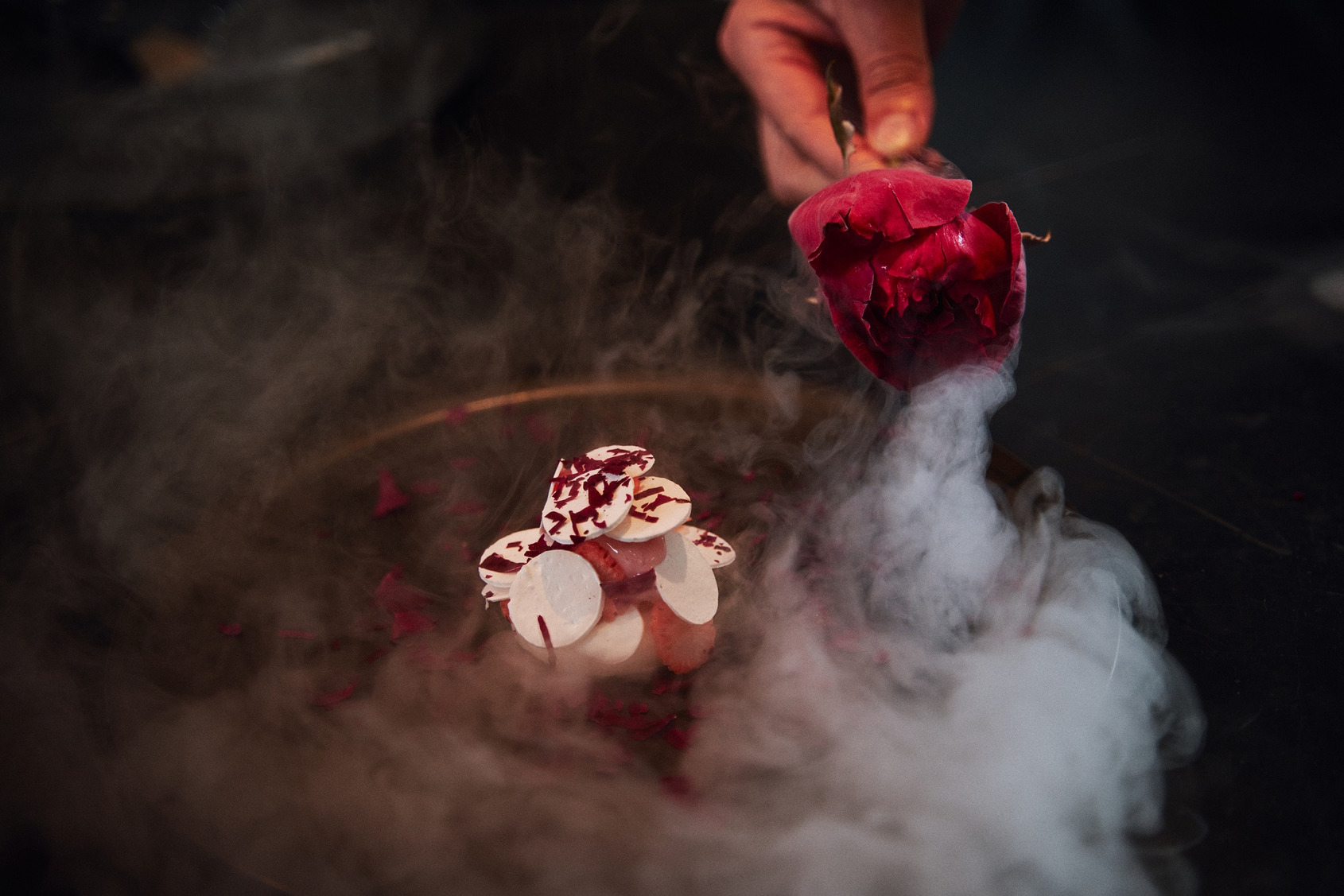
With the works of artists Shao Yung-Tien (S.Y.T.) and Yaman Shao as the main foci, André Chiang explore the inspiration of synesthetic creation of visual arts and tastes.
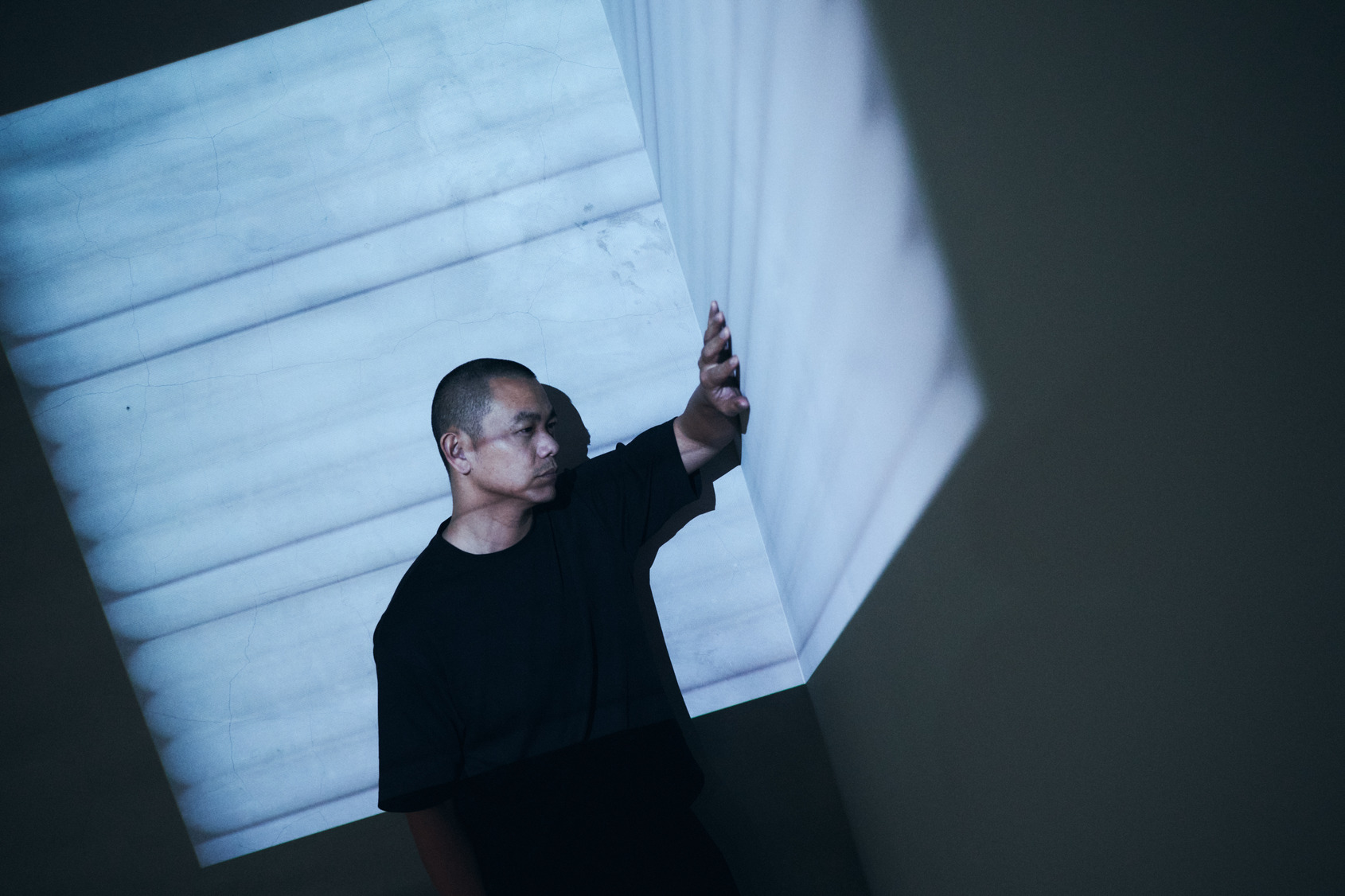
Yaman Shao, The Miracle Four Minutes, 2021, 4'00, loop, Single channel video, colour, silent
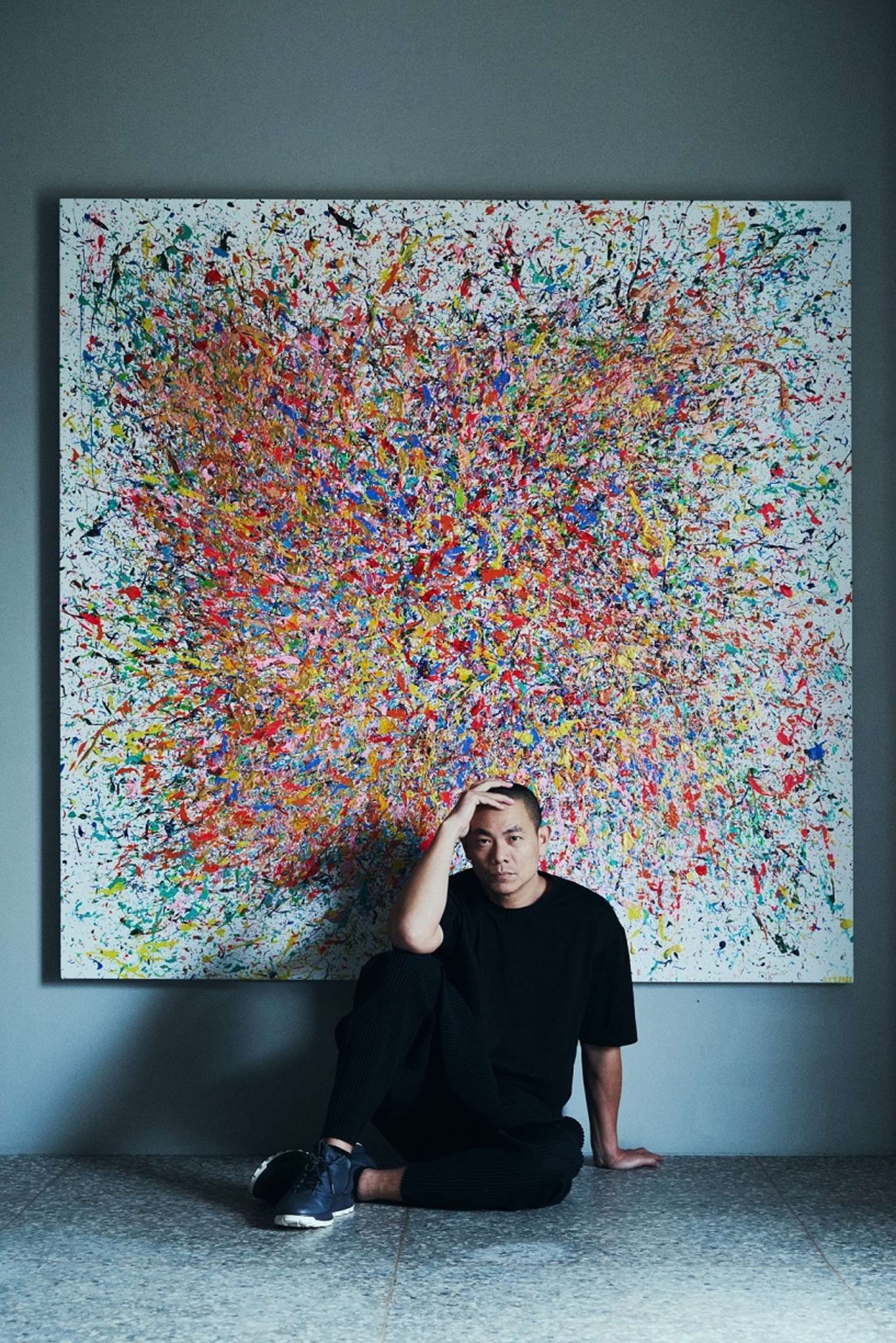
S.Y.T., Without Darkness, 2021, acrylic on canvas, 189 x 189 cm © ALIEN Art Centre
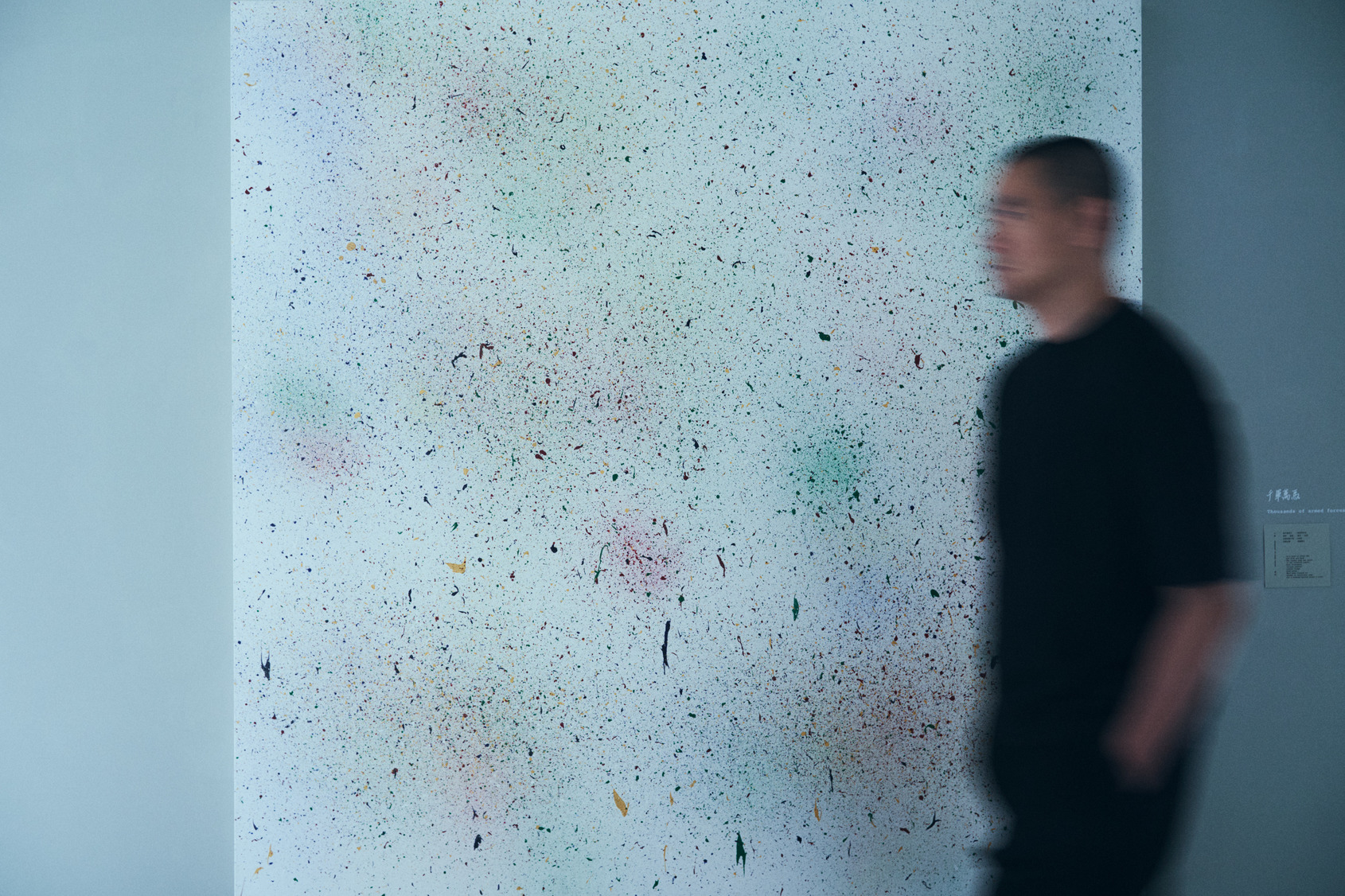
S.Y.T., Thousands of armed forces, 2021, acrylic on canvas, 189 x 189 cm © ALIEN Art Centre
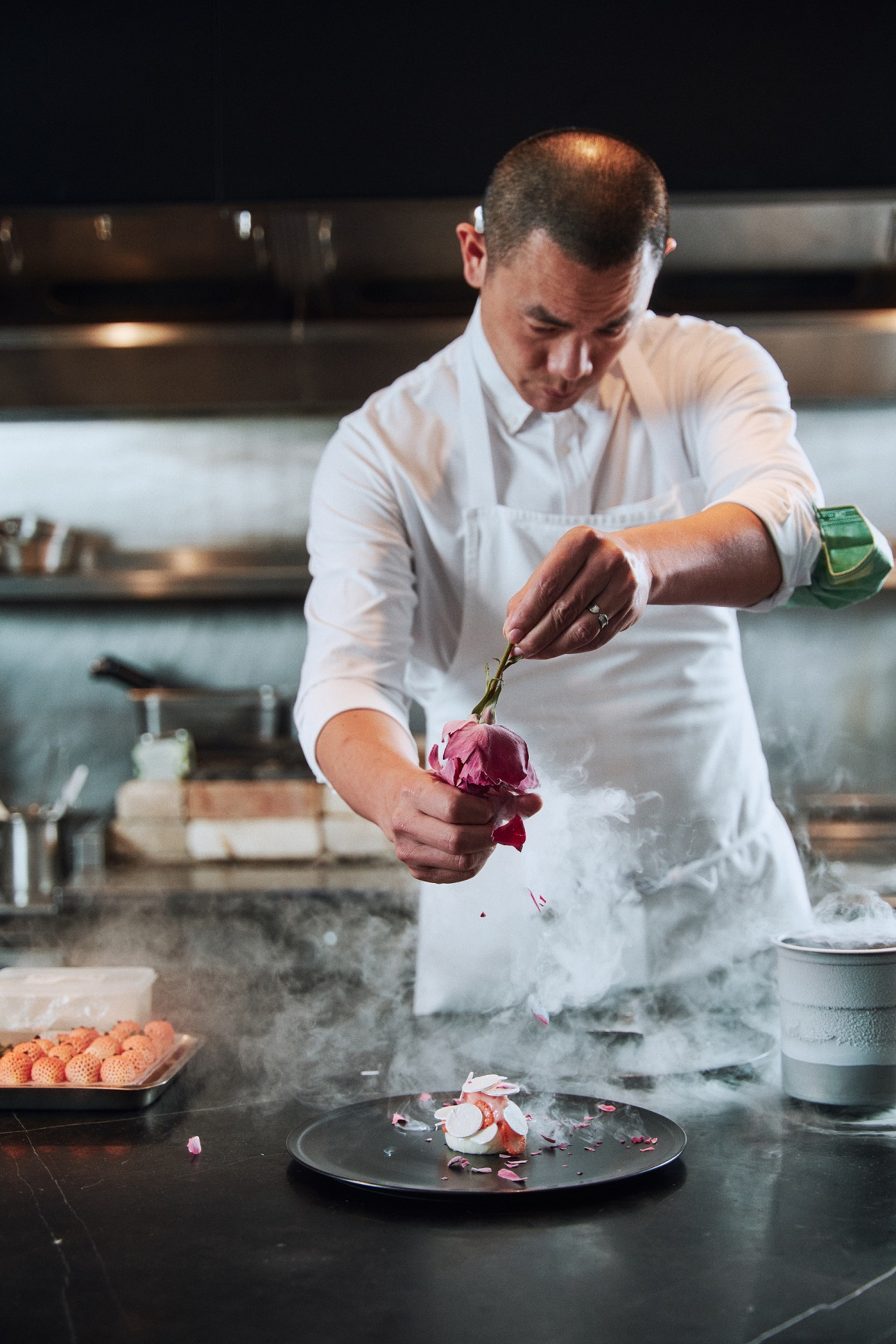
With the works of artists Shao Yung-Tien (S.Y.T.) and Yaman Shao as the main foci, André Chiang explore the inspiration of synesthetic creation of visual arts and tastes.
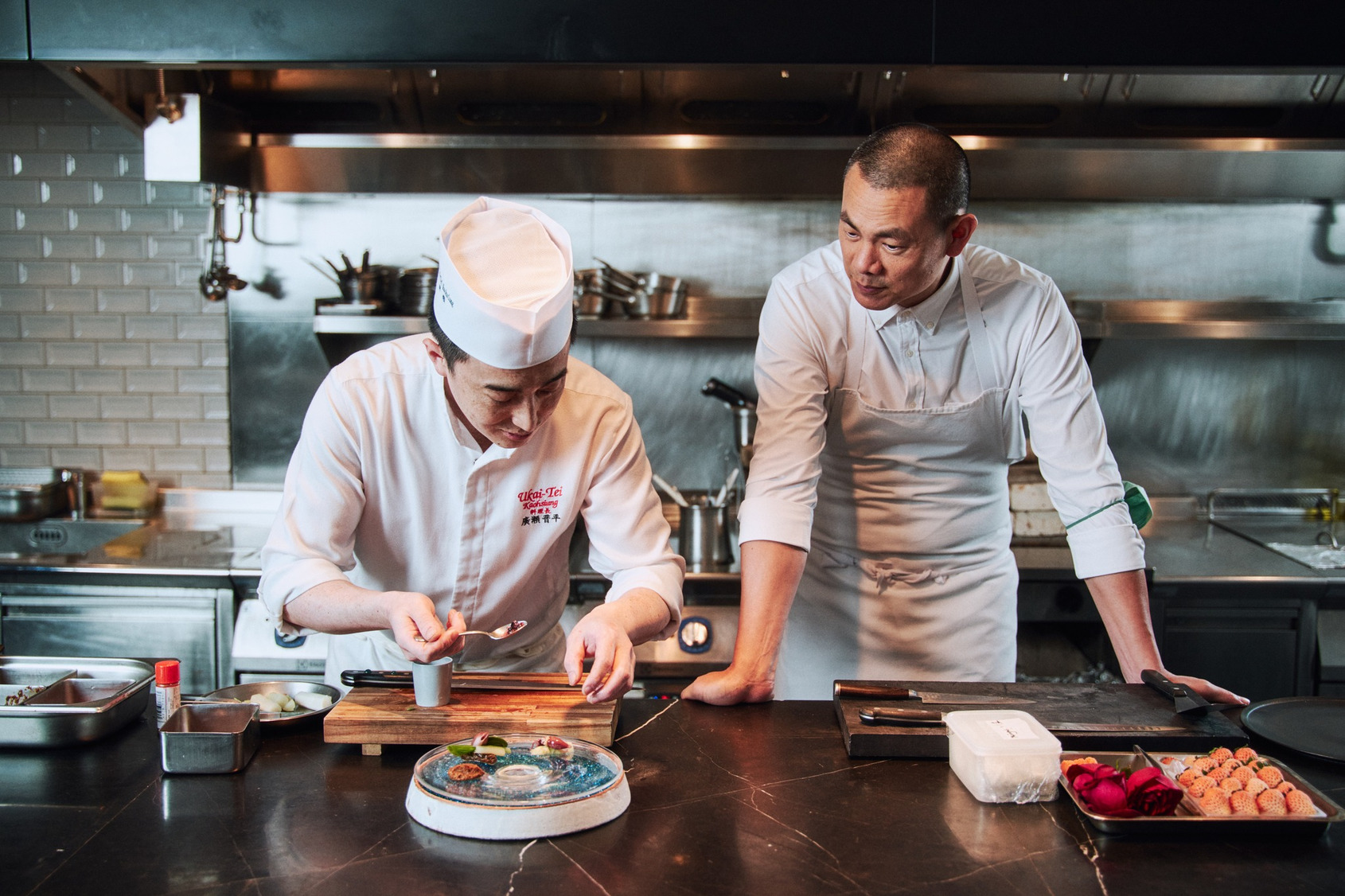
With the works of artists Shao Yung-Tien (S.Y.T.) and Yaman Shao as the main foci, André Chiang and Shimpei Hirose together explore the inspiration of synesthetic creation of visual arts and tastes.